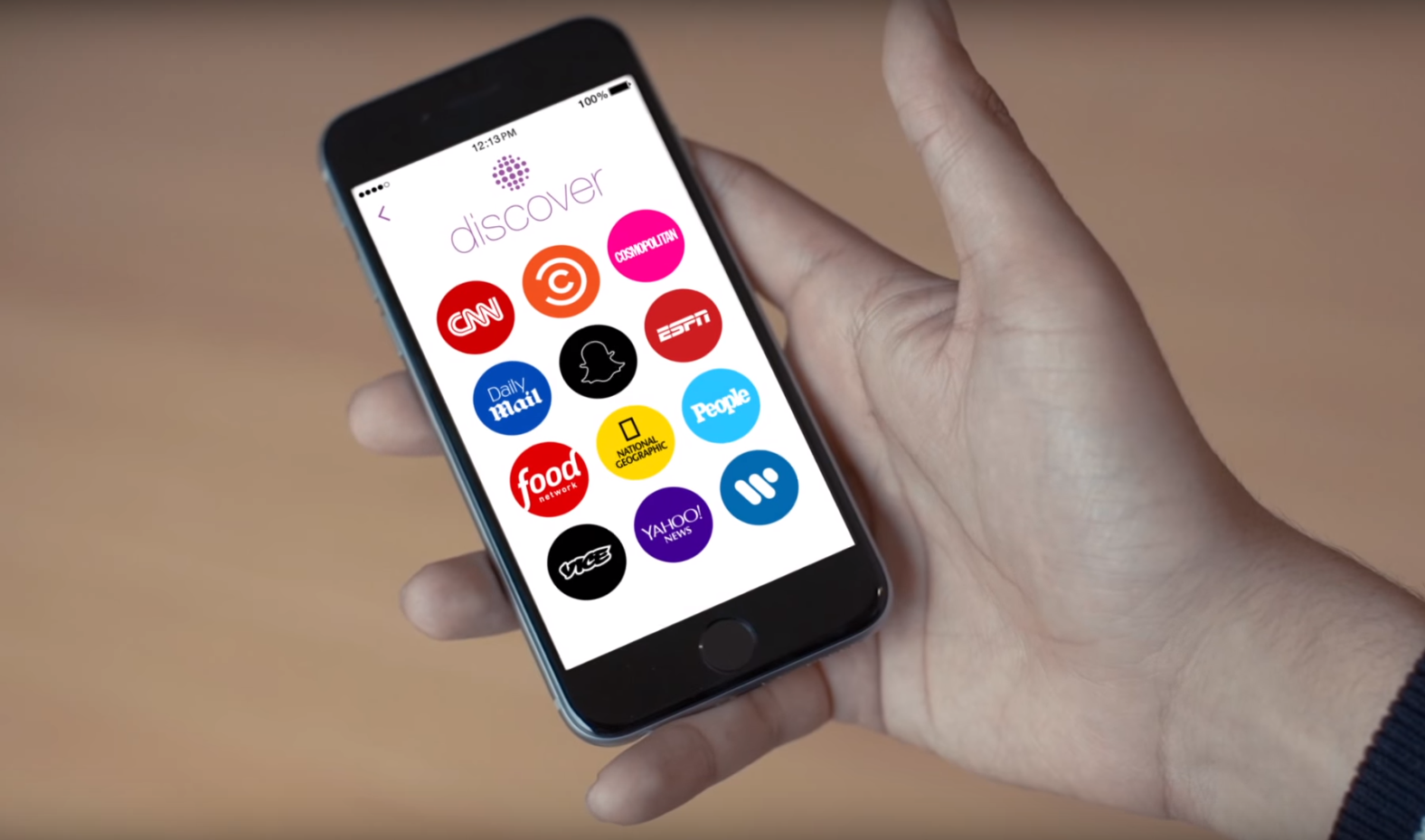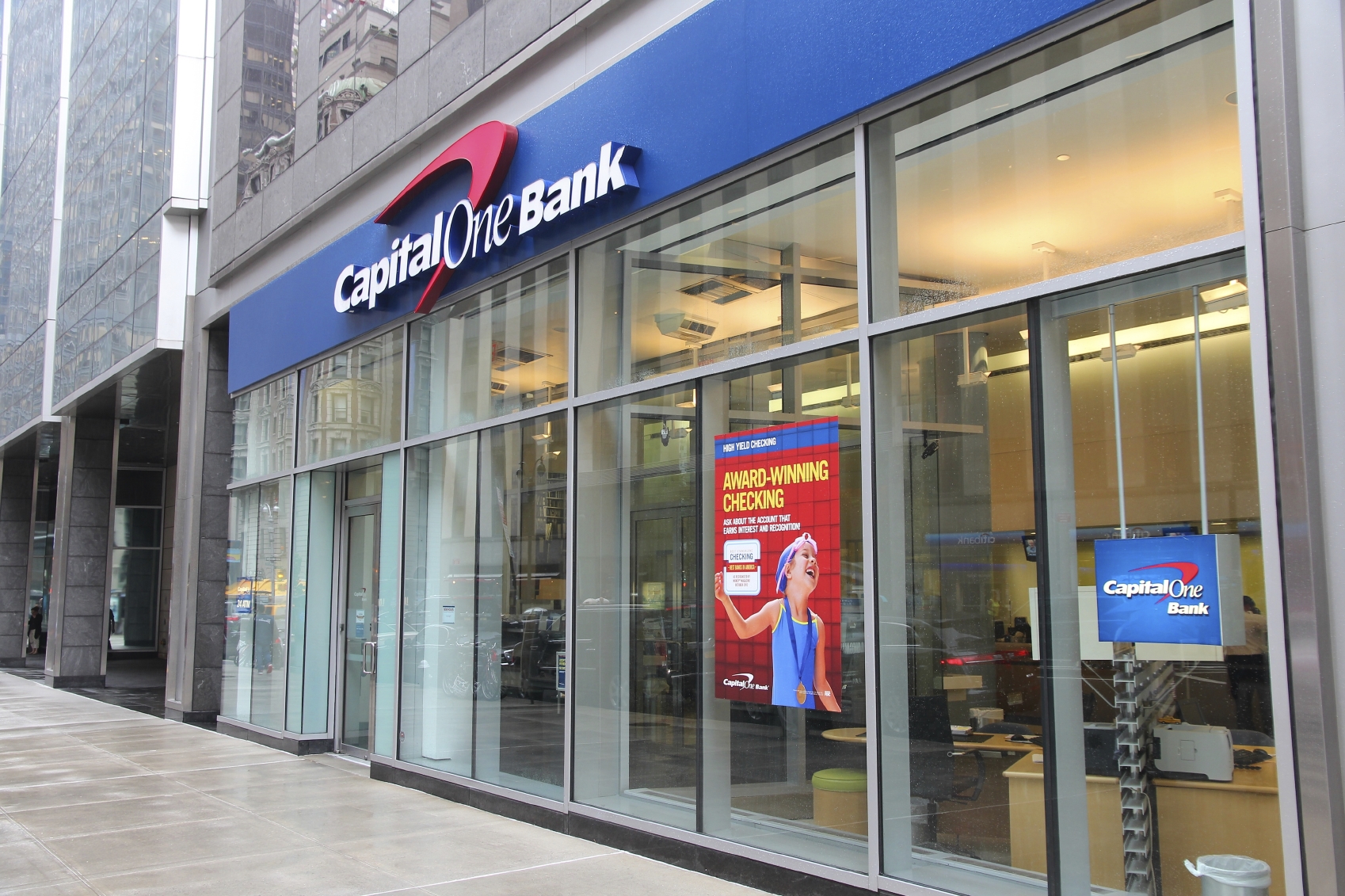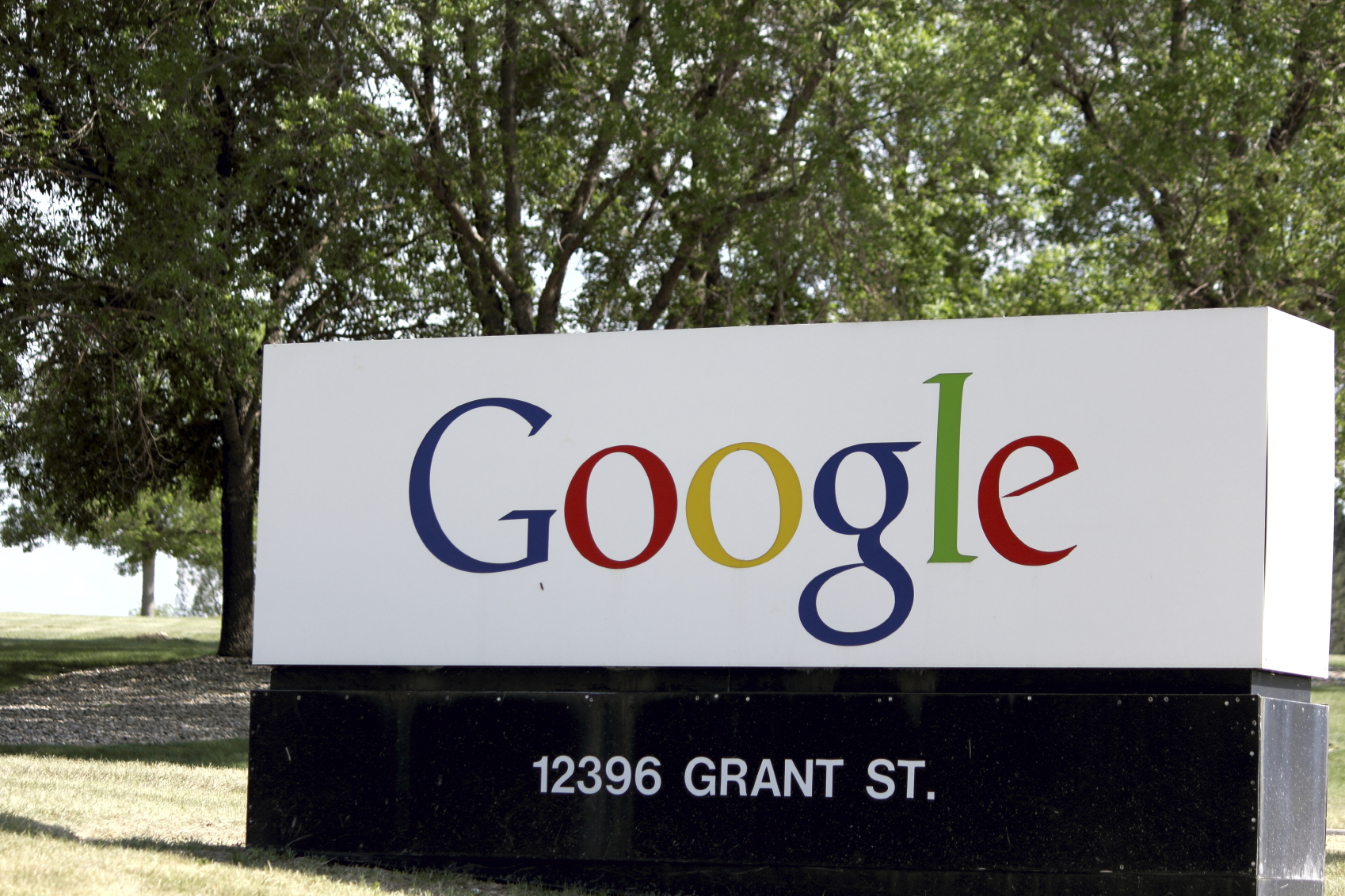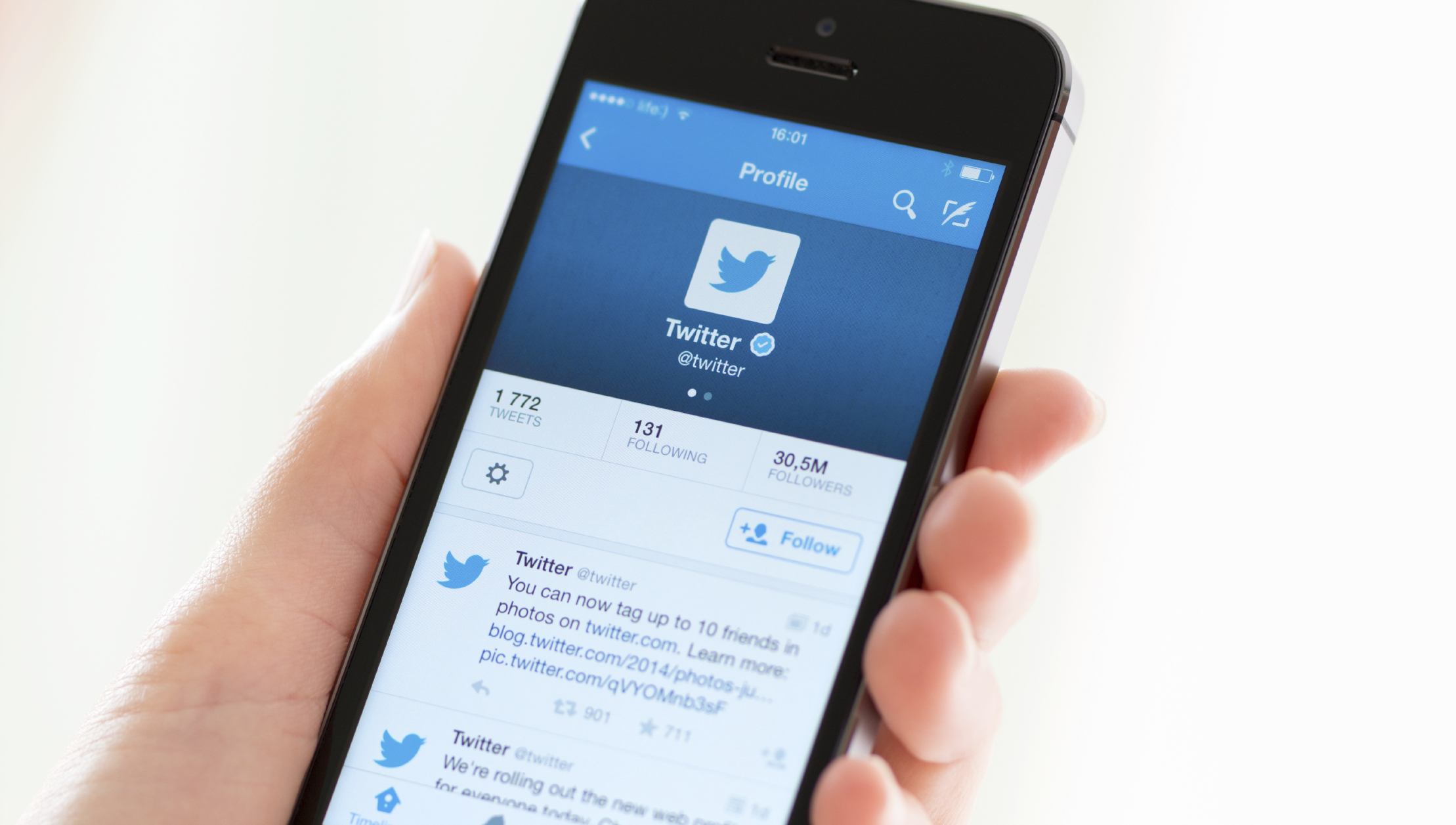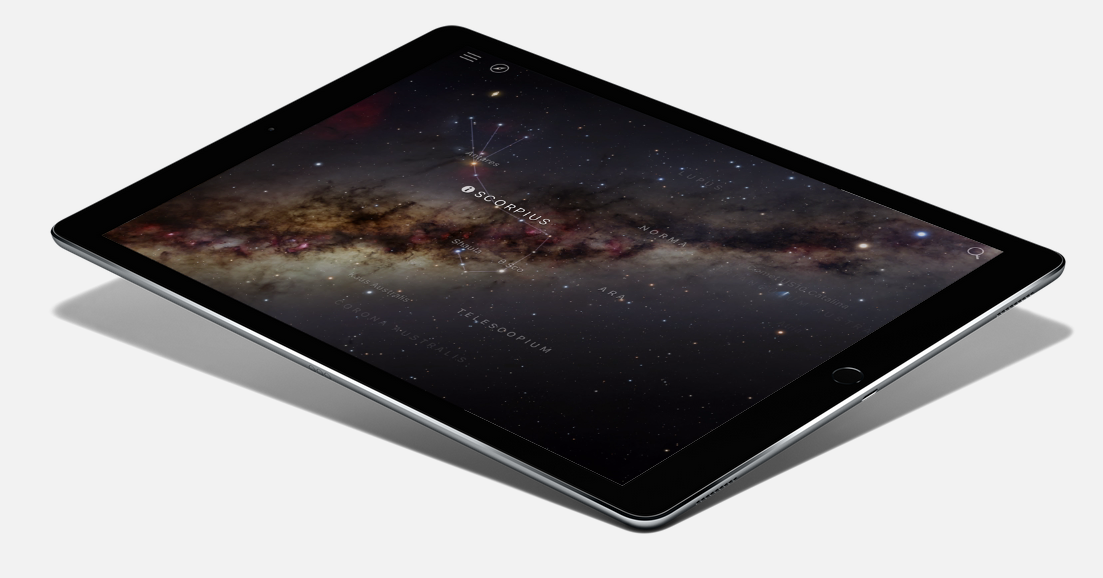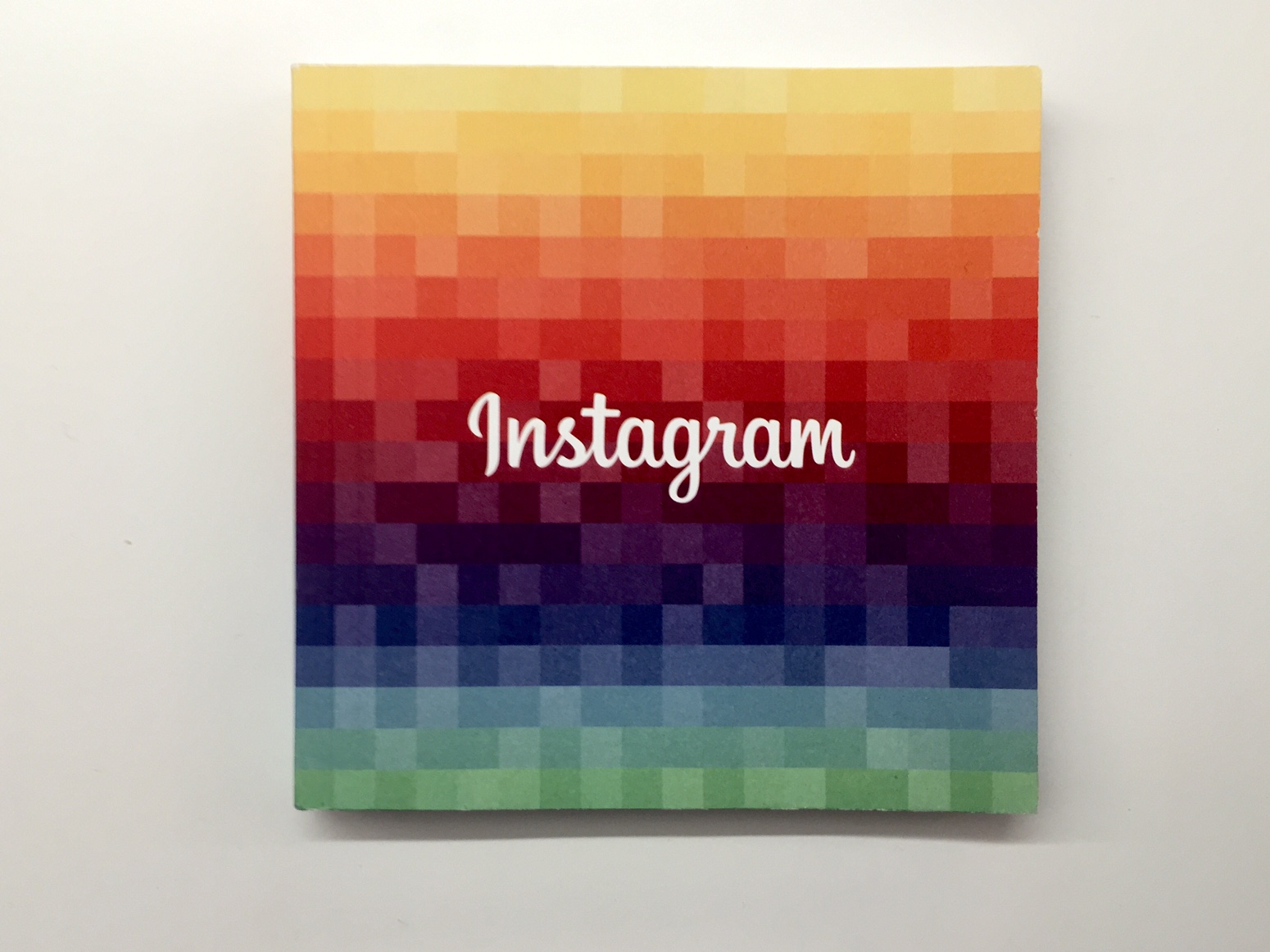What Happened
Snapchat’s ad sales team has indicated it is considering introducing app install ads to its platform. This new ad product will likely be placed on Snapchat’s content portal Discover channels and Live Stories as video ads that redirect users to the app stores for iOS and Android. App install ads have been a key piece of mobile advertising, fueling Facebook’s ballooning ad revenue with nearly 300% year-by-year growth in Q2 last year. So it’s no surprise that Snapchat is also looking into this important ad product in order to grow its ad revenue.
What Brands Need To Do
For brands, Snapchat offers a great platform to reach young Millennials and teens on mobile. This new ad product can be useful for brands to drive downloads for their branded app and help increase awareness among key demos. In doing so, brands should also be conscious of the content channels they will be featured in, and pick the ones that fit with their messages best. For example, a bank advertising its personal banking app should consider putting the ads in Wall Street Journal’s Discover channel to match with their audience.
Source: The Information
Header image courtesy of Snapchat on YouTube
